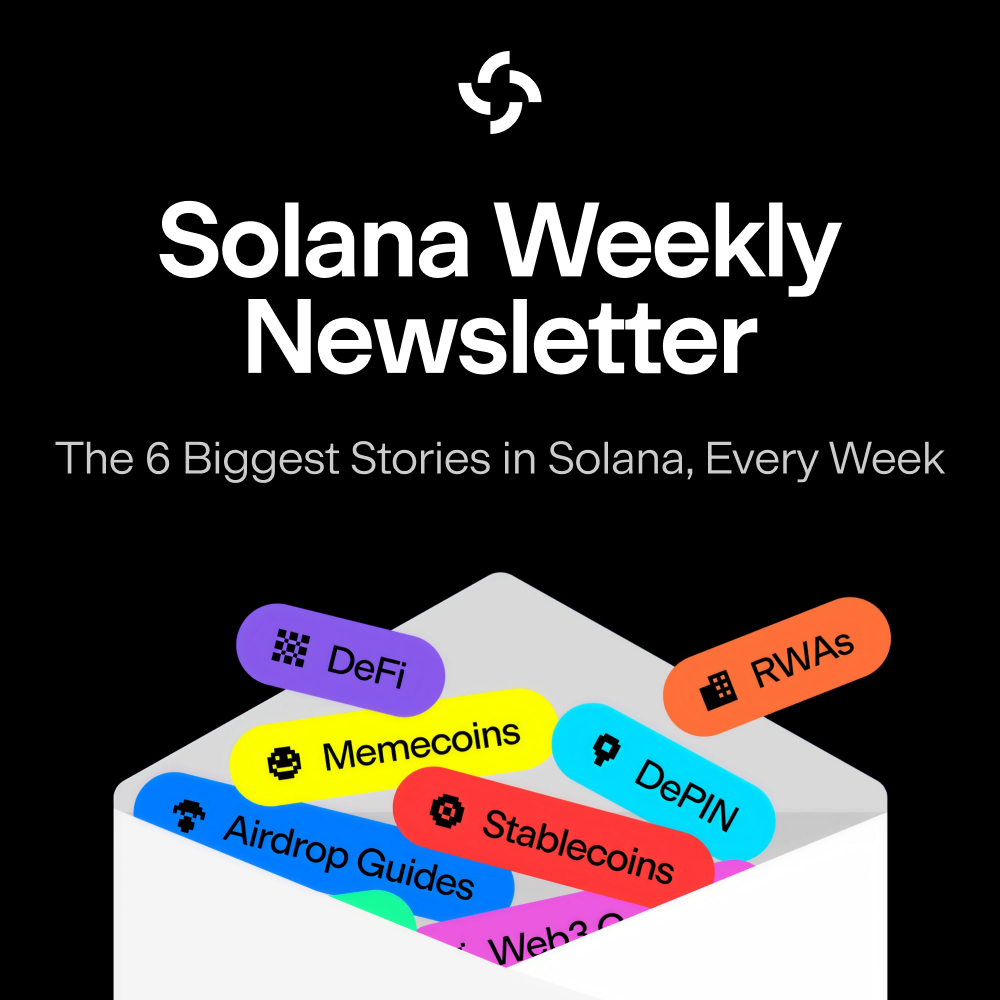
Ethereum and Solana's Computing Models Bridged by NeonEVM
NeonEVM, an Ethereum Virtual Machine, has launched on the Solana mainnet. It merges the robustness of Ethereum's DApp environment with Solana's cost-effective infrastructure. NeonEVM's launch paves the way for Ethereum DApps to execute transactions on Solana seamlessly.
- Published:
- Edited:
The landscape of decentralized applications (DApps) development is undergoing a significant shift with the recent mainnet launch of NeonEVM. This novel Ethereum Virtual Machine (EVM) has been brought into existence on the Solana mainnet and aims to facilitate the interaction between the computing models of Ethereum and Solana. With NeonEVM's inception, Ethereum DApps will now be able to tap into Solana's infrastructure for effective transaction settlements.
A Unified Smart Contract Environment
Neon EVM functions through a unique smart contract that resides on Solana's blockchain. This contract is tasked with processing wrapped Ethereum transactions, thereby integrating the robustness of Ethereum's DApp environment with the high-speed and low-cost infrastructure that Solana boasts. The fusion of these two contrasting computing models offers unprecedented opportunities for developers and users alike.
Empowering Ethereum DApp Developers
Until now, Ethereum developers looking for cost-effective solutions for their EVM DApps had to resort to rollups or sidechains, both classified as Layer 2 solutions. NeonEVM’s arrival on the Solana mainnet disrupts this narrative by presenting an alternative that does not require a departure from the familiar Ethereum coding environment. Developers can now deploy their Ethereum DApps directly onto Solana's network. This transition requires minimal code reconfiguration, thanks to Solana's technical compatibility with Ethereum.
Economical Transactions with Solana and NeonEVM
One of the primary reasons for Ethereum developers to consider alternatives has been the escalating costs associated with Ethereum's transaction fees, which average around $2. Although Layer 2 solutions offer some respite by reducing the transaction costs to between $0.5-$0.1, the affordability that NeonEVM, with Solana, introduces is unmatched.
On average, a Solana transaction costs a mere 0.00001 SOL, equivalent to approximately $0.0002, which translates to a 10,000-fold saving on transaction costs compared to Ethereum. The initial Devnet tests of NeonEVM have confirmed these claims in a real-world setting. Marina Guryeva, the director of the Neon Foundation, expressed anticipation for sharing the results of these tests. "Once we repeat these tests in production, we will present the figures based on real-world data," she said in a statement.
The Neon Decentralized Autonomous Organization (DAO)
In addition to the transformative shift that NeonEVM brings to the DApp development and user experience, its launch has also activated the Neon Decentralized Autonomous Organization (DAO). The Neon DAO is a community poised to significantly influence the future trajectory of NeonEVM. The DAO, governed by the community, will drive decision-making processes, thereby fostering an environment of transparency and collective growth.
In conclusion, NeonEVM's advent serves as a milestone moment in the evolution of blockchain technology. It effectively bridges the gap between two major blockchain ecosystems, Ethereum and Solana, while also offering an unparalleled level of efficiency and affordability in transaction settlements. It will be interesting to watch how NeonEVM's influence will shape the future of DApp development and the broader blockchain industry.



